THE HEART CHAKRA- Anahata Chakra
Anahata or heart chakra is the fourth primary chakra, according to Hindu Yogic, Shakta and Buddhist Tantric traditions. In Sanskrit Anahata means "sound produced without touching two parts" and at the same time it means "pure" or "clean, stainless" and is associated with balance, calmness, and serenity. Anahata Nad refers to the Vedic concept of unstruck sound (the sound of the celestial realm). he heart chakra is located in the central channel of the spine near the heart, with its kshetram. The heart chakra is related to the element of air. As such, its energy is associated with the breath and its movements, as well as the idea of spaciousness and connection with all things.
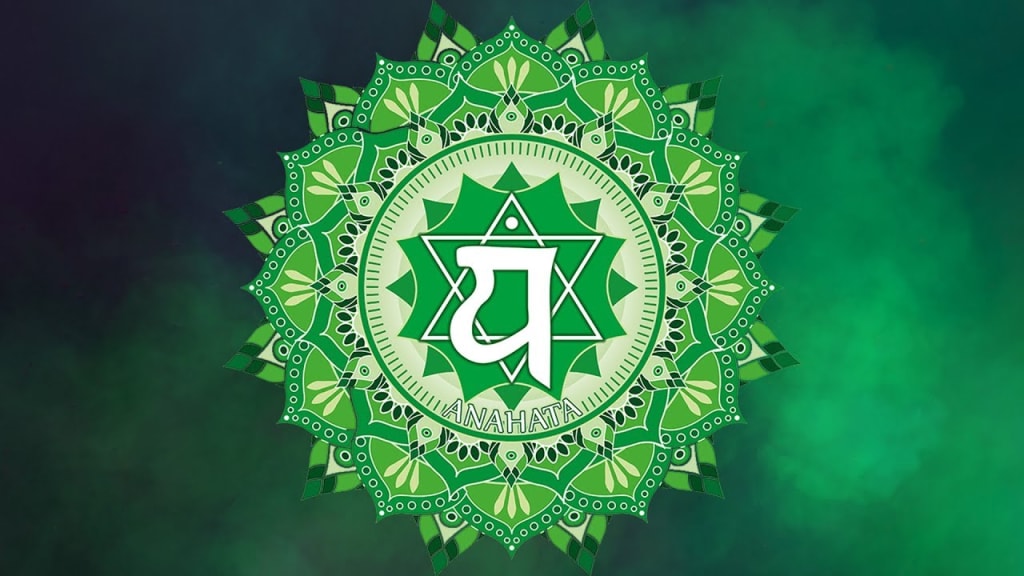
The name of this chakra signifies the state of freshness that appears when we are able to become detached and to look at the different and apparently contradictory experiences of life with a state of openness (expansion). This energy is specific to cooperation and integration, which brings peace and a new perspective in a world which, up to this level (considering only the energies specific to the first three centers of force: Muladhara, Swasdhistana and Manipura) was made only of a more or less conscious confrontation between opposite forces.
The mantra which should be chanted for purifying Anahata is "yam". Speaking about its symbol, it is composed of a circle with twelve petals and a downward pointing triangle which is interlaced with an upward-pointing triangle that forms a six-pointed star or hexagram. Its twelve petals are inscribed with Sanskrit syllables:
- Kam
- Kham
- Gam
- Gham
- Ngam
- Cham
- Chham
- Jam
- Jham
- Nyam
- Tam
- Than
Therefore it's very essential to purify your heart Chakra because there are several things that happen when the chakra gets blocked, but the question is " how to know about that"?
When your heart chakra gets blocked you will be scared to fall in love again, you will act anxious in many situations. If you are becoming jealous of other's happiness or success it's time to work on your heart chakra. other symptoms are staying in seclusion, avoiding people, being loveless, feel more hatred, unable to understand the feeling of others, and have started feeling less close to people with whom you used to share close relationships. If you are suffering from all these symptoms or even from one or two, it's time to work on your precious Anahata chakra.
Apart from making your life better, the Anahata chakra has some spiritual and Psychological functions
Spiritual functions
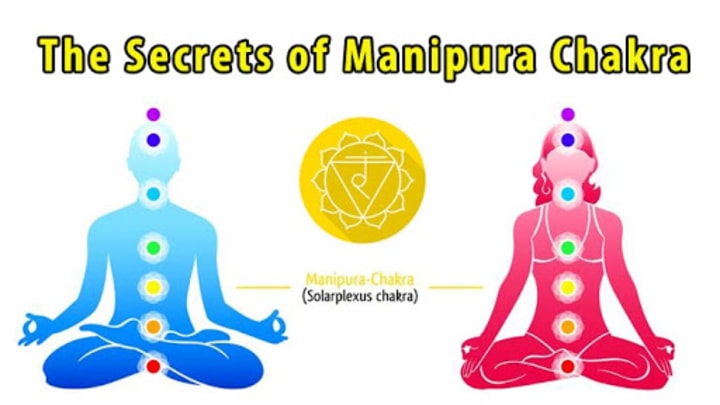
As Manipura chakra is associated with self-oriented similarly the heart chakra is others-oriented. When we say ‘Others-oriented’ that means taking care of or concerned about others want, feelings, and expectations. And if someone is looking for success and happiness in their life, it's essential that both the chakras, The Solar Plexus chakra, and the Heart chakra are developed equally. This is called balancing loving-kindness with self-interest.
Psychological Functions
The Heart chakra is the center of higher emotions such as kindness, patience, joy, peace, caring and empathy so when you start working on it you feel more calm and composed. People who are psychologically ill are advised to practice Twin Heart Meditation regularly and for the rest of their lives.
This was about its functions, now it's important to know how to meditate on the Heart chakra.
Meditation
Mediation is important especially in the 21st century as every person is filled with tension, stress, anxiety, and an extreme workload. Meditation trains your mind, and once you start mediating gradually, you will find that you are becoming aware of your feelings and that will help you to bring an unbalanced Heart chakra back into balance.
To get started, take ten minutes today. Find a quiet place, sit or lie down, reduce all noises around you, close your eyes and concentrate on your breathing. For activating your heart chakra, meditate on the chakra and reside in the "yam" mantra. If you are a beginner, we recommend you to pick relaxing meditation music and let that keep on playing in the background. Either you can focus on that or focus on your breathing. Do it for ten minutes and thank us later!
Besides meditation, include these habits in your day-to-day lifestyle.
1.Forgiveness
This one is very important for healing your heart chakra. Blocked heart chakras are often caused by things that have happened in the past. A common example: you’ve been extremely hurt in your previous relationship and are now afraid to fall in love again. Free yourself from the things that have passed and let go. Stop grieving and forgive yourself or the person who hurt you. When you end something, you will create space for something new. Forgiveness is a new beginning.
2.Let the world say whatever they want to
For opening your Anahata Chakra, it's very important that you open up with your feelings. Show your feelings to the outside world. Don’t hold them back. Say what bothers you, cry when you feel like it, compliment and tell your fellows that you value and love them.
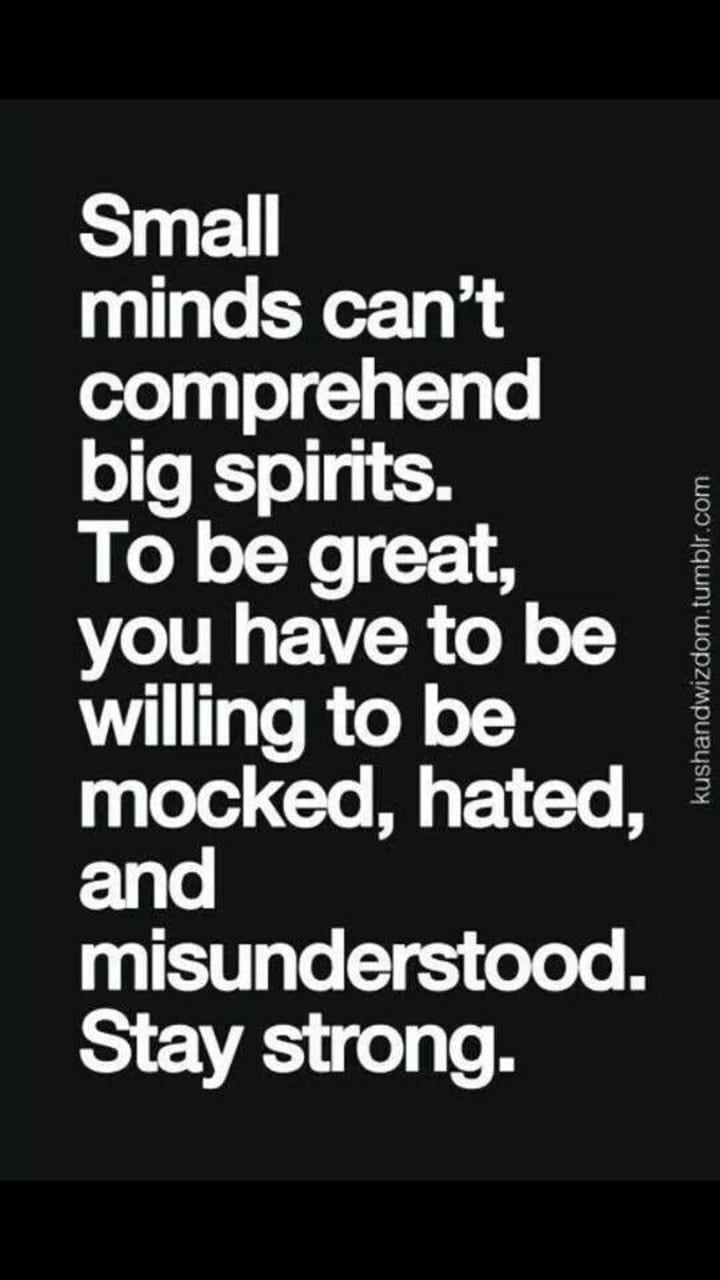
3. Appreciate what's beautiful
Beauty and joy are often hidden in little things like sunshine, your beloved food, a clean apartment, or your favorite song. One way is to slow down your lifestyle. Remove unnecessary appointments from your schedule, spend more time with your loved ones, and go about your life at a pace that suits you personally.
The best thing is to set yourself the goal of seeing or experiencing something beautiful every day. In this way, you’ll not only sharpen your general attentiveness, but you’ll also be happier.
YOGA
Yoga is more than what you have thought of it. Not only it will work on your physical body, but it also works on your mental level and at the chakra level too. There are some yoga postures that can heal those blocked chakras, to know more scroll down.
1.Lord of the dance-Natrajasana
Step 1:
To begin with, Natrajsana, start with Tadasana. Root down through the big toe mounds while lifting the inner arches. Spin the inner thighs back while releasing the flesh of the buttocks down. Draw the sternum away from the navel while softening the front ribs.
Step 2:
Bend the right knee and reach back with the right hand to clasp the ankle from the inside out, so that the fingertips point to the right and the shoulder is in external rotation. Pause and observe which of the elements from Tadasana have been lost
Typically, the weight has fallen to the outer left foot, the left outer hip has protruded, the front ribs have flared and the pelvis is no longer square to the front of the mat.
Step 3:
To correct, root down with the left big toe mound, firm the left outer hip into the midline, and roll the right side of the pelvis and ribs forward, directing the lower front ribs towards the frontal hipbones.
Maintaining these actions, start to press the right thigh back and up, leading with the inner thigh so that the thigh remains neutral; press into the right big toe mound to reinforce this work.
Step 4:
Simultaneously reach the left arm forward and up, leading with the inner upper arm and engaging the outer upper arm so that the shoulder is in external rotation.
Keep extending the sternum away from the navel to maintain the lift of the chest while extending back and up with the right thigh.
Pin the right knee into the midline to keep the leg neutral and press back with the right foot to open the front of the right shoulder, all the while continuing to roll the right ribs forward.
Step 5:
Hold for 5 to 10 breaths then release back to Tadasana and take the other side.
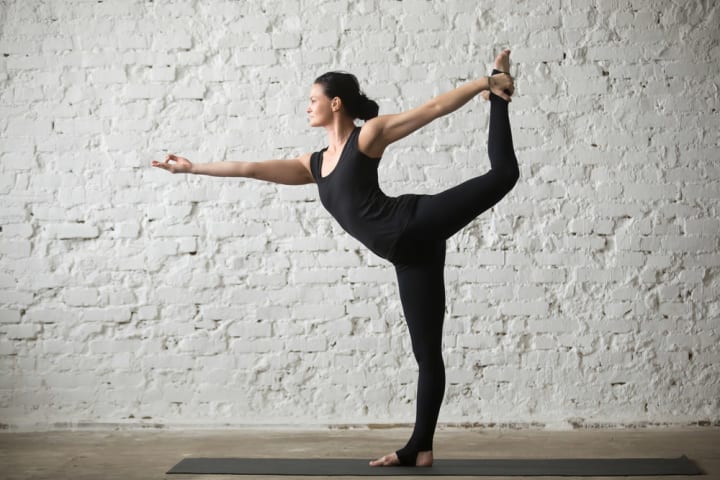
Dwi Pada Viparita Dandasana
Step 1:
Begin by preparing as you would for Urdhva Dhanurasana (Upward Bow Pose). Lie on your back, feet on the floor, heels under the knees, and step your feet a little wider than your hips. Bend your arms and place your palms on the floor by your ears, fingertips facing the shoulders, shoulder-width apart. Pause for a moment to focus and tune in to your breathing.
Step 2:
As you exhale, press your knees away from your torso and lift your hips, shoulders, and head from the floor as you straighten your arms. Widen and draw your shoulder blades toward your tail bone to lift your shoulders and lighten the load on your arms.
Step 3:
Bend your arms and place the crown of your head on the floor between your hands and feet, keeping your elbows shoulder-width apart and directly over your wrists. To ensure that your neck does not become compressed, exhale, press your hands into the floor, and again draw your shoulder blades toward your tail bone. Keep your chest open and lifted.
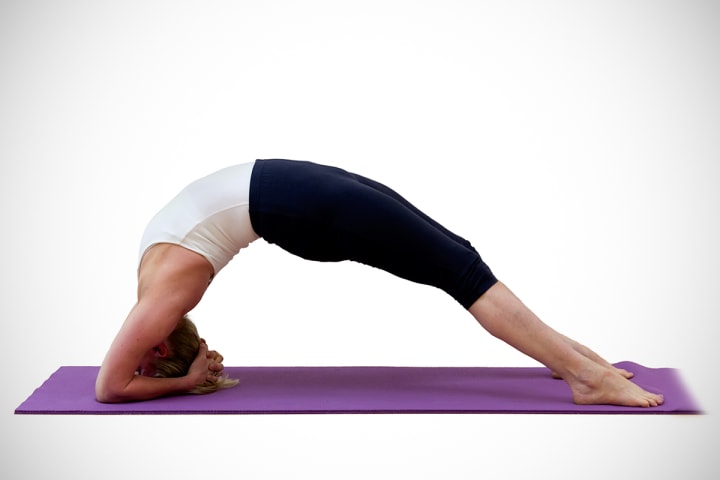
Step 4:
On your next exhalation, slide one hand past your ear to cup the back of your head, bringing your weight onto your forearm. Repeat the same action with the other arm, interlacing your fingers behind your head (you may be more successful in these arm movements if you lift onto your tiptoes).
Step 5:
With a powerful exhalation, press down through your inner elbows and wrists and lift your chest to raise your head off the floor. As your head lifts, press your inner heels down. Of course, your head may seem glued to the floor; if that's the case, continue to hold the pose where you are.
Step 6:
If you do manage to lift your head, the pose may actually become easier, since this movement allows your upper arms to directly support your weight, easing the demand on your muscles. But be careful not to strain the shoulder joints by pushing them beyond your elbows. Avoid this overextension by keeping your weight evenly distributed between your elbows and wrists, and by not allowing your elbows to slide more than shoulder-width apart. It is absolutely fine to remain in this position, with your head raised and your heels directly below your knees.
Step 7:
In the full pose, however, you walk the feet away from your hands until your legs are nearly straight; then plant your inner feet and exhale as you stretch down through your calves and push to straighten the legs completely.
Step 8:
Place the crown of your head back on the floor inside the cup of your hands, press your elbows into the floor and draw your shoulder blades toward your tail bone to help your shoulders stay lifted. Your middle back will be asked to extend more deeply.
Do try these techniques and see a positive change in your life.
About the Creator
Ayushi Sharma
Writer and a fashion designer who believes in exploring and learning.
Apart from Vocal, you can follow my work on
1.Wordpress: www.staycurious.co.in
2.Instagram: https://www.instagram.com/tofthoughts/?hl=en

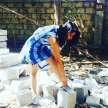
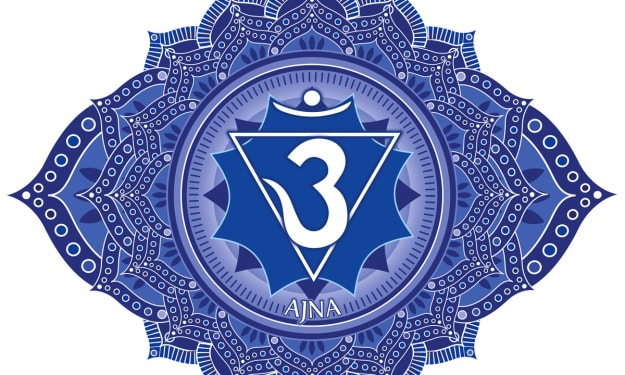



Comments
There are no comments for this story
Be the first to respond and start the conversation.